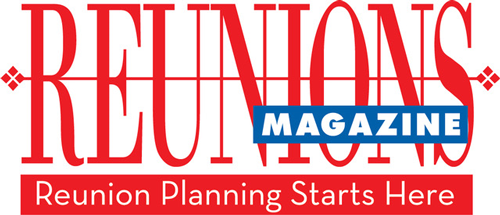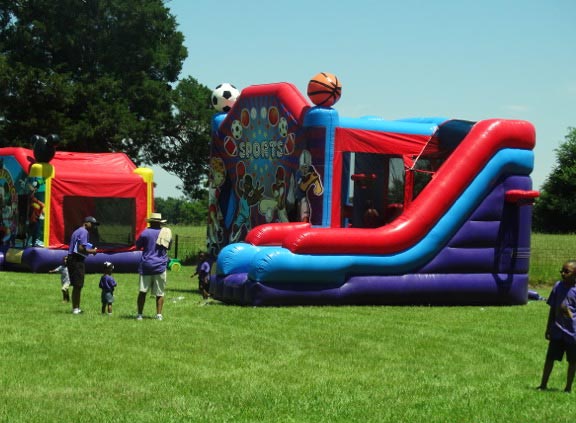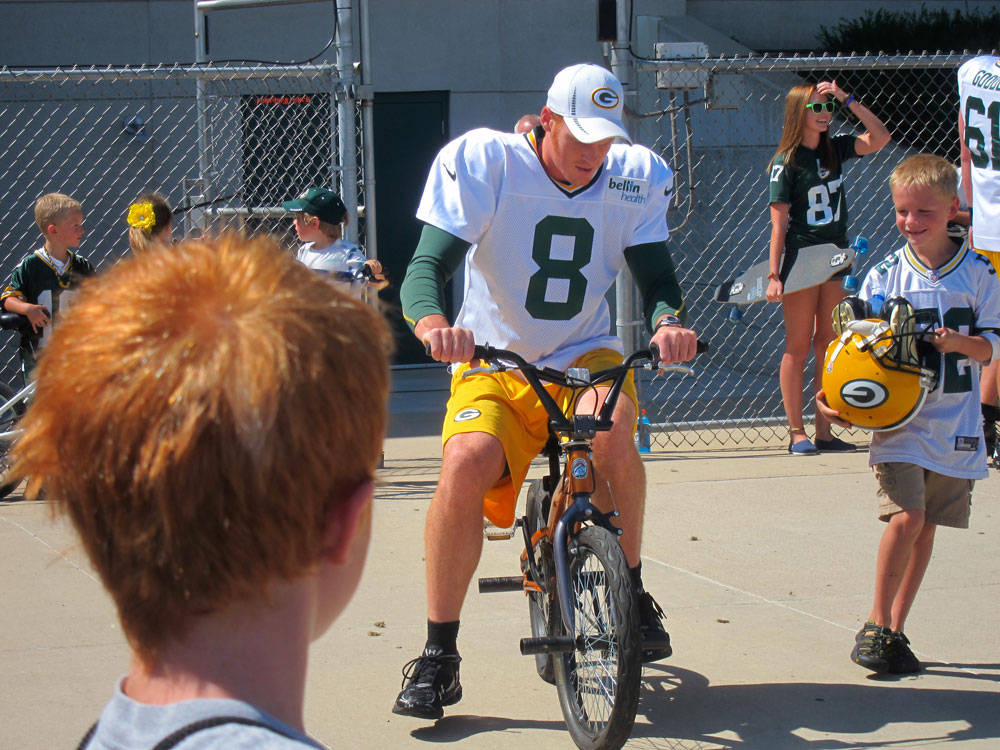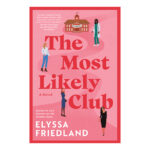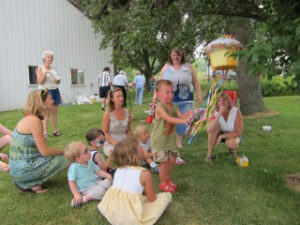
Think about the importance of kids at reunions. Kids are your future and the future of your reunions. If kids love reunions now, you may be able to expect them to continue loving reunions. Many people wonder how reunions can be sustained by the next generation. Making sure your next generation enjoy reunions now, that they see value in regularly meeting with family and always have a joyful time, will ensure your reunion’s continuation in perpetuity.
Kids are the people who, if they’re not having a good time, can spoil it for everyone. But that’s just the immediate consequence of not regarding kids seriously or thinking that just being at the reunion is enough to keep them happy. No way, Jose! Great and serious thought must go into making sure kids will have a good time and not whine that they’re bored and ask “when can we go home?”
Planning games, activities and entertainment for kids is essential. We are a naturally child focused society and yet some reunions actually get under way without any thought of how the kids will be entertained. A pool at the hotel? An hour or two; tops. Playing with cousins takes a while to warm up, if they rarely see one another.
Never, ever leave what kids do at your reunion to chance. Never assume they’ll entertain themselves because they’ll surely decide to watch television, sleep or do nothing. There is no place on earth where you cannot find or cause to be found, many things that will enchant kids. It may sometimes take some looking, asking kids what they want, and coming up with a balance and consensus that will work for the ages and interests of your kids.
I’ve just spent a good part of the summer involved in a media tour to talk about reunion actitivies: particularly for getting kids involved in their reunions through a fascination with family history. Everyone at a reunion, after all, have family history in common. Genealogy has become a subject of interest to all ages; for adults as a hobby and often for children as projects in school. Family trees made from research accumulated on genealogy.com and assembled using Family Tree Maker can fascinate kids of all ages. Family trees are the graphic representation of how everyone at the reunion is related. When you demonstrate family tree details for the youngest family members it helps make sense of this large crowd of people they find themselves in. Better yet are trees made with pictures of relatives and ancestors to put real personality into the branches and leaves. Not only do kids (and others) confirm what they already know about their relatives, many people learn things that surprise and amaze. Who is and is not related and how.
There are many other genealogy related and history activities that can be incorporated throughout your reunion. Storytelling, for example, can serve to encourage passage of family oral history. Stories can range from a grand sweep of family history and legend to any form of telling tales about individual lives. Stories that will most intrigue children are the ones they can relate to. For example, parents and grandparents telling about their childhoods at the same age as the children they’re telling the stories to. Games they played; the first day of school; family reunions; how they celebrated Christmas, birthdays and presents they got; how they got in trouble and were punished; how grandparents pr parents met (their mates). These are often ordinary stories that many of us forget but all you have to do is find out what kids are concerned and thinking about and tell it from 30 or 50 or 70 years ago. How times change.
Use the occasion of storytelling to record or videotape the “performance.” These tapes can be the foundation for a family archival collection. Taping and recording can be assigned to kids who are responsible enough to stick with the task. At the same time other kids can take pictures to accompany archived audio tapes. Videotapes can also become part of the next reunion’s program for the fun and laughter but also for a demonstration of how little ones are growing and others are changing.
Photos and albums shed much light on family history. Collections assembled over the years also tell a story of family history. Ask everyone to submit pictures from significant events and celebrations to be included in books that become a visual family history. Look for resemblances, similarities, the same cleft in the chin or dimple in a right cheek.
Kids can participate in any aspect reunion planning and organization starting with early tasks such as stuffing envelopes or entering computer data. For example, kids have access to the Internet and skills that will help elders achieve goals. Evaluate how each family member can contribute time, talent and money. Then, ask.
More and more families are involving kids in planning their own program. What will make most of them happy? What can they do to get everyone involved? What activities are particularly interesting to them? Kids will come up with ideas that many adults would not even fathom. They may wish to go to the mall or roller skating or to a ball game. Maybe they want to visit the zoo, the beach, a children’s museum or amusement or theme park. While some of these may not interest adults, if it can be arranged, kids should be allowed and enabled to do the things that particularly interest them. How about a dance after one of the family dinners? Kids can teach adults the latest dance steps, while adults can reciprocate by teaching many “classic” dances; disco, Charleston, waltz, fox trot.
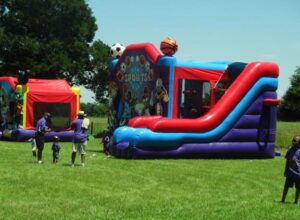
How about encouraging a flare for the dramatic? Using stories from your own family history, help kids develop skits or plays that will retell the tales at the reunion. For the Walker Family Reunion, organizer Alexandra Walker Clark and her children wrote a skit depicting her great grandfather’s 1872 arrival by covered wagon at the old farm, near Chattanooga, Tennessee. Her son, Liam, starred as his great-great-grandfather; daughters Sarah and Amanda dressed in calico and effectively portrayed the covered wagon with two hula-hoops draped with a bed sheet. The kids became hooked on family history.
Drama can be created from life abroad before emigration to celebrate ethnicity, special triumphs and milestones of ancestors or events that involved family members. If your kids have the talent, tell them the stories, then have them develop their own skits. Stage re-enactments at places that are of importance to your family. Visit homes, schools, churches, parks where ancestors played, places where they worked. Be prepared to explain the significance of each place; who lived, worked or worshipped there and stories about their lives. Every family has charming anecdotes and tales that can engage everyone.
The 250 descendants of George Washington’s right-hand man, General “Mad Anthony Wayne,” sought the help of historians for their Iddings Family Reunion in Valley Forge, Pennsylvania, the heart of the family home that dates back nearly 300 years. A tour included visits to Iddings family homes and Wayne’s birthplace. The focus was to engage the children with Wayne’s colorful history. They were fascinated. They saw one of Wayne’s graves at Old St. David’s Church cemetery. According to historical records, Wayne’s bones are buried in the family plot at St. David’s; his flesh was buried in Erie, Pennsylvania, in 1796. The kids thought details of Wayne’s internment were definitely “cool.”
Some families organize workshops at reunions where they might discuss genealogy, financial planning or medical history. Computer workshops can turn the tables. Kids are fearless and know infinitely more about computers than most adults. Kids and grandkids can be teachers. Adults and grandparents are appreciative students. Let the kids shine. Ask them to demonstrate reunion-related applications — word processing (for correspondence, writing family history and stories), accounts (reunion ledgers), graphics (newsletters, flyers, invitations), e-mail (swift, easy, stampless, phoneless family communication) and, of course, surfing the Internet to research family history and learn lots more about reunions.
The importance of cemeteries to reunions, and often to kids, is one of enormous fascination. They are places where proximity to history and ancestors is compelling. Family groups often use the reunion weekend to clean and plant gravesites and cemetery plots or to dedicate markers and monuments. They engage in projects that range from restoration and repair to family research, recording data and mapping. Kids love to do tombstone rubbings they can take to school for show and tell. Family members should be encouraged to share tales about the people buried in the cemetery. Most families include memorial services in their programs which are particularly poignant at the cemetery.
A cardinal rule of reunions is to plan something for everyone. Older family members enjoy sitting, reminiscing and talking about old times, but kids get bored and restless. Older members are often content to catch up. Talking over nostalgia that only they can fathom, reviewing the years … their lives. Younger members have different requirements. Programs, activities, plans must be made and all ages must be taken into consideration. Everyone recognizes that if kids are happy, everyone else at the reunion will be too. Effort before a reunion to make sure the youngest reunion members are entertained pays off in big dividends. Make your reunion interesting and fun for the younger generation.
About the author
Edith Wagner is a reunion junkie! She is founder and editor of Reunions magazine and Reunions Workbook.
